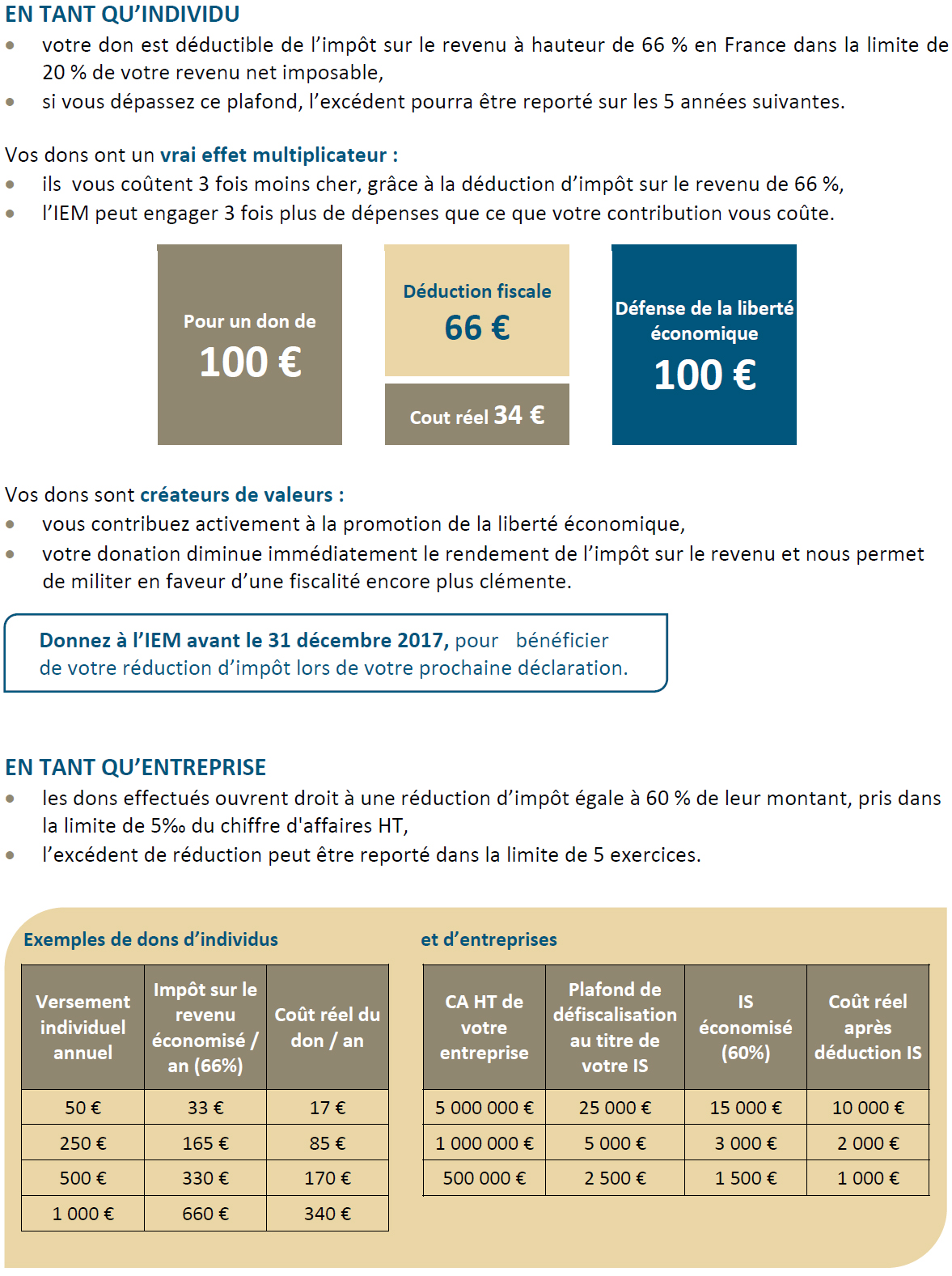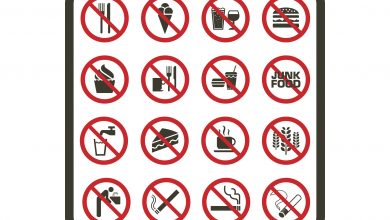From “denormalisation” to nationalisation of the tobacco industry: solutions that “seriously” threaten health, says a new study from the Institut économique Molinari (IEM)
Media release
Paris, Wednesday, May 30, 2012 – With 31 May designated World No Tobacco Day, it is clear that the fight against smoking has hardened considerably since 2005, when the WHO Framework Convention on Tobacco Control came into force. Beyond heavy taxation, there is now a regulatory “arsenal” aimed at making it unprofitable to supply tobacco legally, part of a process of tobacco industry “denormalisation”, in the words of Yves Bur, a member of the French National Assembly.
A “denormalised” industry would be easy prey for nationalisation, which some groups no longer hesitate to bring up openly.
“Neutral” packaging, a step toward nationalisation
“Imposing generic packaging, in force in Australia and a subject of legislative proposals in France, is little more than nationalisation of cigarette packaging in all but name,” the IEM study states.
With generic packaging, private manufacturers can no longer differentiate themselves from their competitors. This paves the way to their nationalisation over the long term.
Other measures are aimed at directly penalising the profitability of the tobacco industry. These measures include an obligation to “sell under the counter” and a tax on tobacco company turnover, even though taxes already comprise more than 80% of the French retail price.
Elimination of cigarette makers’ profits is the perspective from which anti-tobacco activists have suggested nationalising the tobacco industry outright, imposing a more or less broad public monopoly.
A non-solution for reducing tobacco consumption
Do cigarette makers’ profits cause tobacco consumption? No. The causality actually runs in the opposite direction.
Consumption, determined by the preferences of consumers and by their subjective assessment of the products available, is what explains whether or not there are opportunities for profit, irrespective of the sector, and the tobacco sector is no exception. Consumers are the ultimate deciders when it comes to consumption.
This explains why nationalisation of the tobacco industry leads to a dead end. It could mean that the public authorities decide to impose an artificial reduction in the tobacco supply, leaving the door wide open to the black market and its array of adverse effects on smokers’ health and public finances. Alternatively, with a weakening of political constraints on the nationalised industry, it could result in a commercial approach similar to that of private tobacco producers. In either case, the goal of reducing tobacco consumption would be compromised.
Experience shows that this second scenario has broadly prevailed.
• France: The absolute record in tobacco sales per adult, 7.1 grams a day, was reached in 1975 under the SEITA public monopoly (privatised only in 1995).
• China: A market of 350 million smokers (more than the total population of the 17 euro zone countries) is controlled by a public monopoly, the China National Tobacco Corporation (CNTC).
• CNTC: The company’s 2010 profit of $16 billion exceeded the combined profits of the three largest private tobacco companies (Philip Morris International, British American Tobacco and Altria).
• Liquor retailing in Canada: The liquor trade was nationalised in provinces including Quebec, also with the aim of protecting public health. Alcohol consumption per adult rose more quickly in Quebec (+21.7%) between 1993 and 2011 than in the province of Alberta (+8.3%), where liquor retailing has been privatised since 1993.
“Nationalising an industry does not mean that consumption of the good in question falls or is lower than elsewhere,” the IEM study notes.
An inefficient measure
The tobacco industry covers a diverse and varied set of activities in which profit and loss statements play a major role in terms of information and incentives, limiting the waste of scarce resources.
In their absence, a nationalised industry may not be run efficiently and will represent an operating risk backed by taxpayers, all the greater because we live in a competitive world.
This is clearly illustrated by the case of SEITA, especially after the partial opening of its monopoly in 1976, with its 20% loss of market share and a 1980 loss that was equivalent to more than 220 million euros.
“The slippery slope leading to industry nationalisation, where we are being led in the fight against tobacco, whether intentionally or otherwise, is not a solution to the health problems caused by smoking,” the IEM study concludes.
Titled From « denormalisation » to nationalisation of the tobacco industry?, the study is available on our website.
* * *
The Institut économique Molinari (IEM) is an independent, non-profit research and educational organization. Its mission is to promote an economic approach to the study of public policy issues by offering innovative solutions that foster prosperity for all.
– 30 –
Information and interview requests:
Cécile Philippe, PhD
Director, Institut économique Molinari
cecile@institutmolinari.org
+33 6 78 86 98 58




